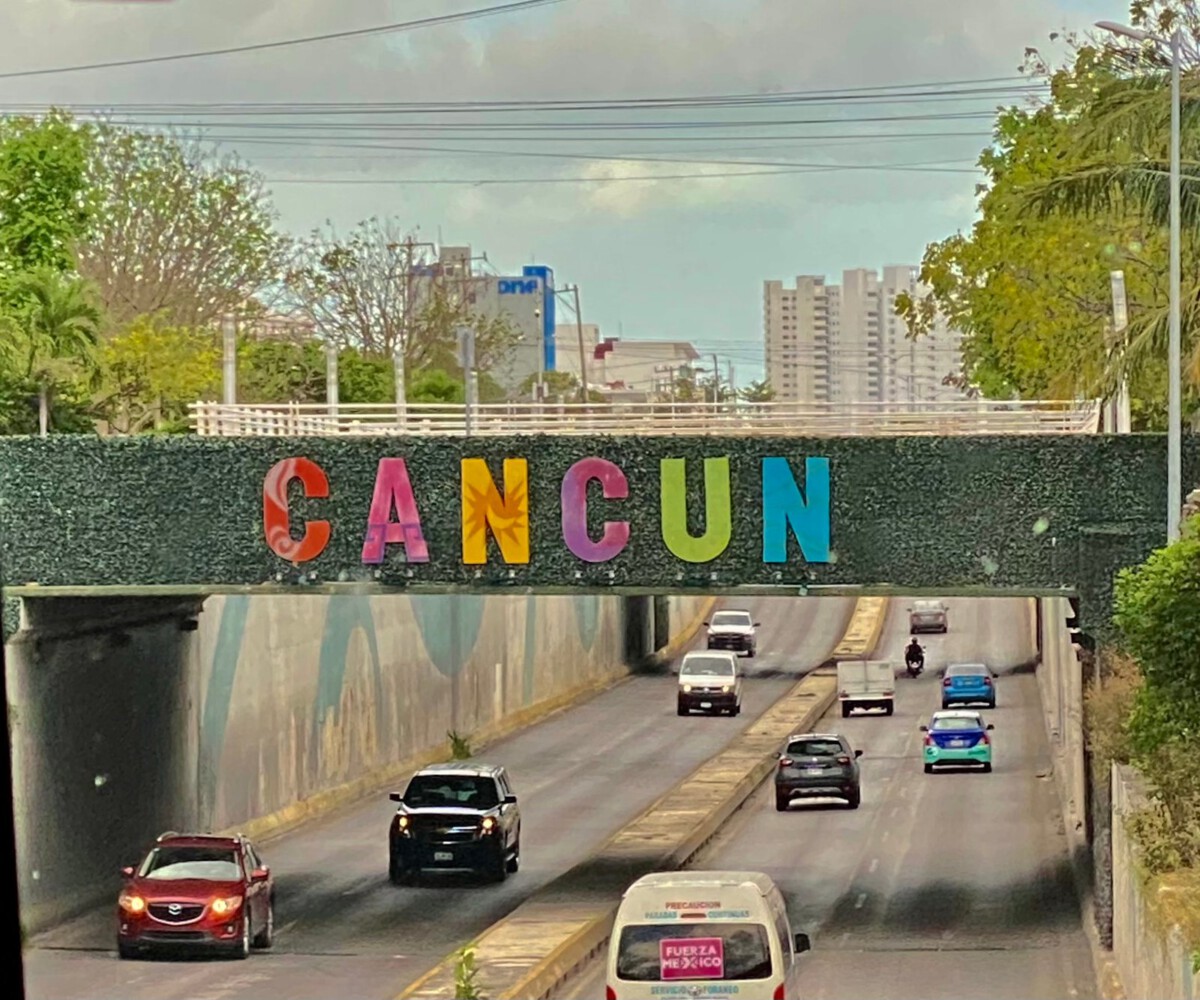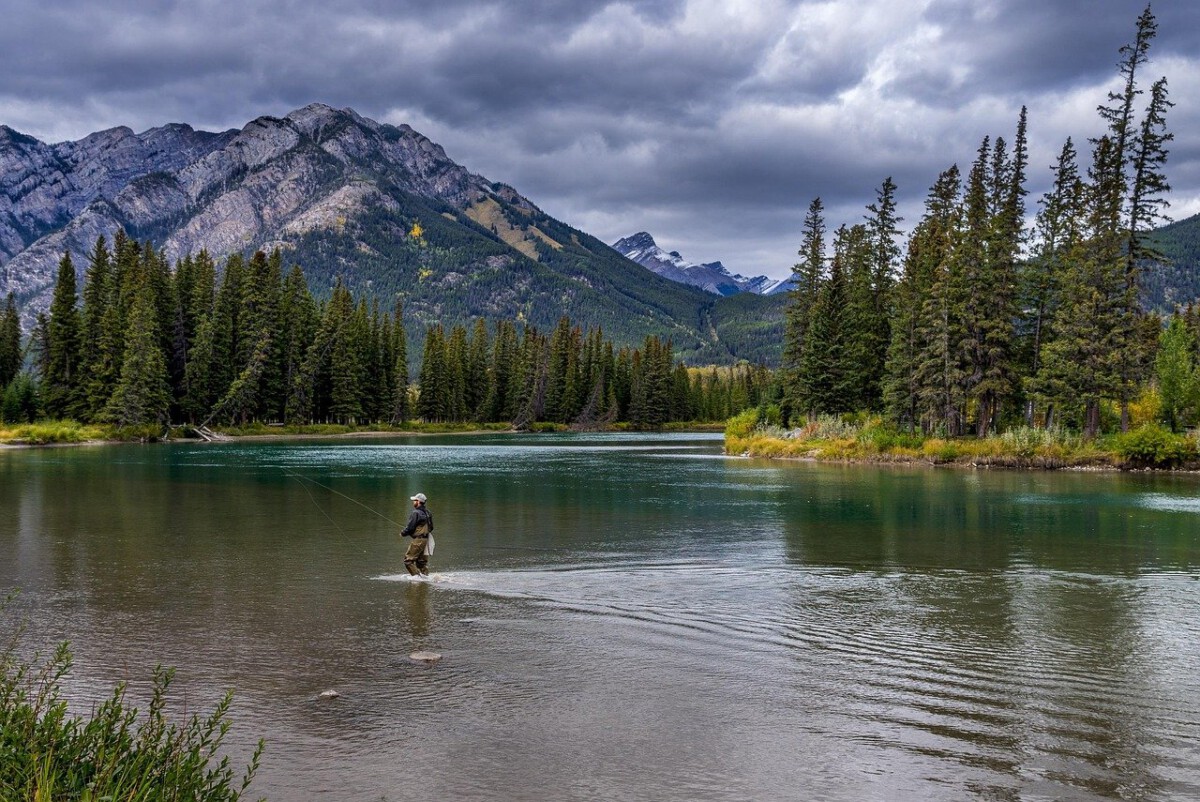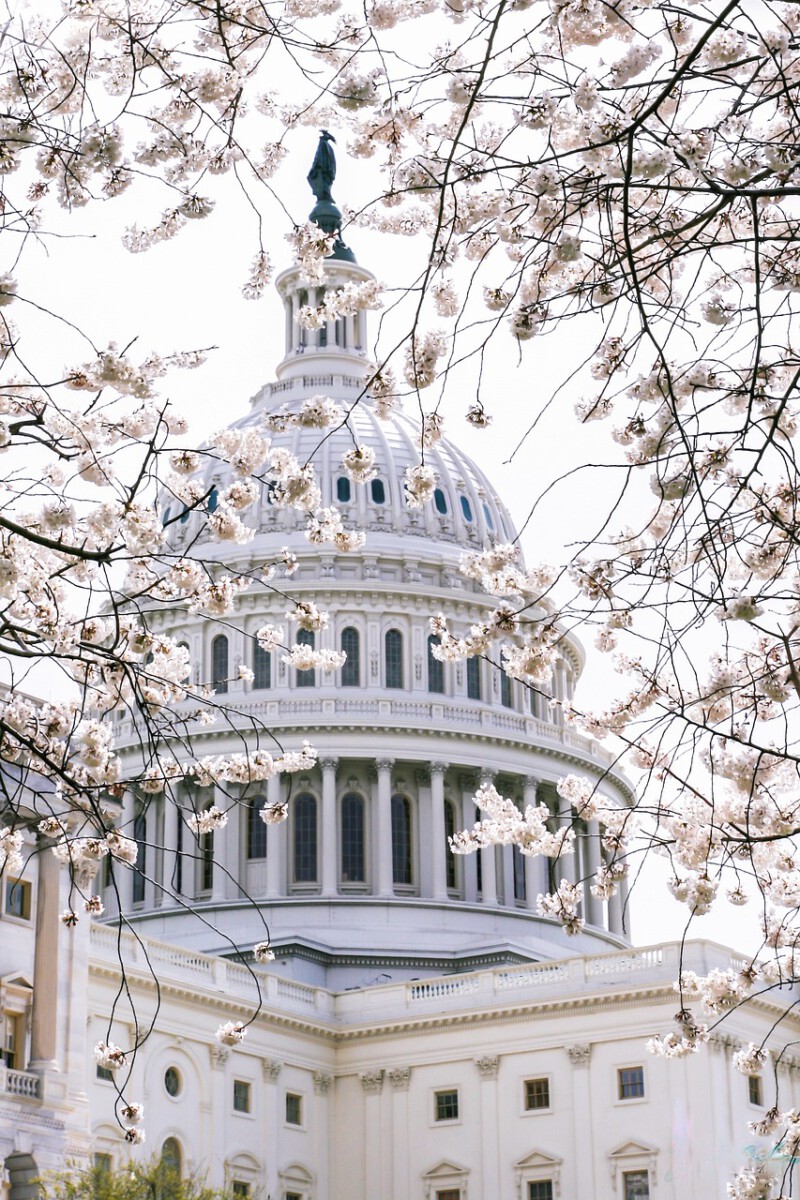Deadwood, South Dakota – The Wild West Still Lives

Step into the dusty streets of Deadwood and you’ll swear you just walked into a western movie. This 1870s gold rush town earned National Historic Landmark status in 1961. Today, it teems with Black Hills entertainment and things to do, including concerts, casinos, museums, historic sites, spas and parades. The town’s Main Street looks almost exactly as it did when Wild Bill Hickok was gunned down in 1876, and that’s no accident. With the turn of the 20th century, the people of Deadwood started making strides to preserve their town’s rich history. The formation of the Deadwood Historic Preservation Commission in 1989 aimed to protect and maintain the town’s unique architectural and cultural heritage. Since then, the funds brought in from that gaming has contributed roughly $16 million a year into historic preservation efforts, tourism promotion, Lawrence County and its municipalities and schools, as well as the general fund of South Dakota and other governmental entities. Walking these preserved streets, you can almost hear the clatter of horse hooves and the jingle of spurs echoing from another era.
Virginia City, Montana – A Gold Rush Town That Refused to Die
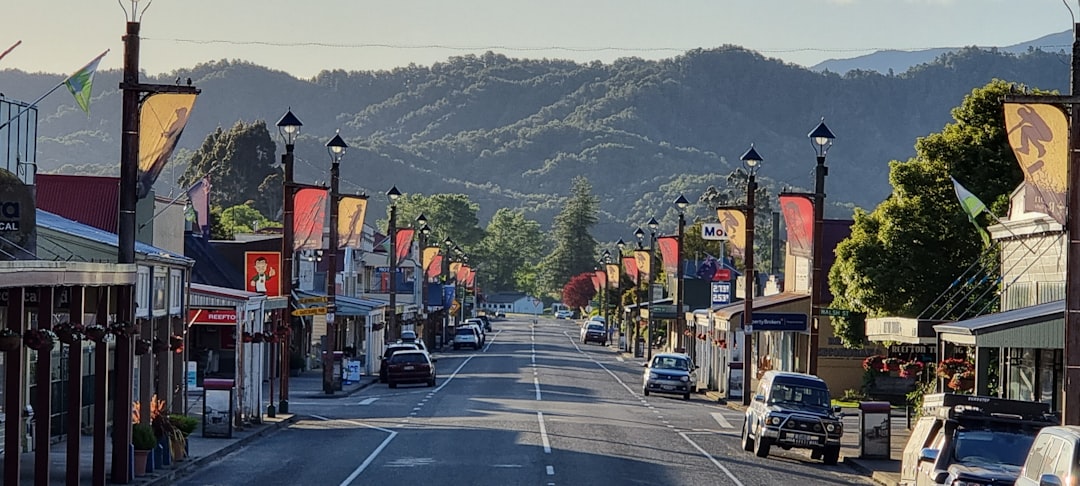
In 1961 the town and the surrounding area were designated a National Historic Landmark District, the Virginia City Historic District. Of the nearly 300 structures in town, almost half were built before 1900. Virginia City is like stepping into a perfectly preserved photograph from the 1860s. Among the first to recognize the historical and architectural significance of Virginia City were Charlie and Sue Bovey of Great Falls. They began to purchase and stabilize some of the fragile buildings in the early 1940s. The Boveys’ personal efforts and those of their son, Ford, resulted in the town’s designation as a National Historic Landmark and its remarkable preservation as one of the most intact gold rush era towns in the West. The town was once Montana’s territorial capital, and today it still carries that gravitas in its weathered wooden storefronts and dusty main street. Today, visitors can see the same buildings that played host to miners back in the 1860s. Virginia City is truly one of the most unique towns in the state, certainly worthy of a day trip.
St. Augustine, Florida – America’s Oldest Living History
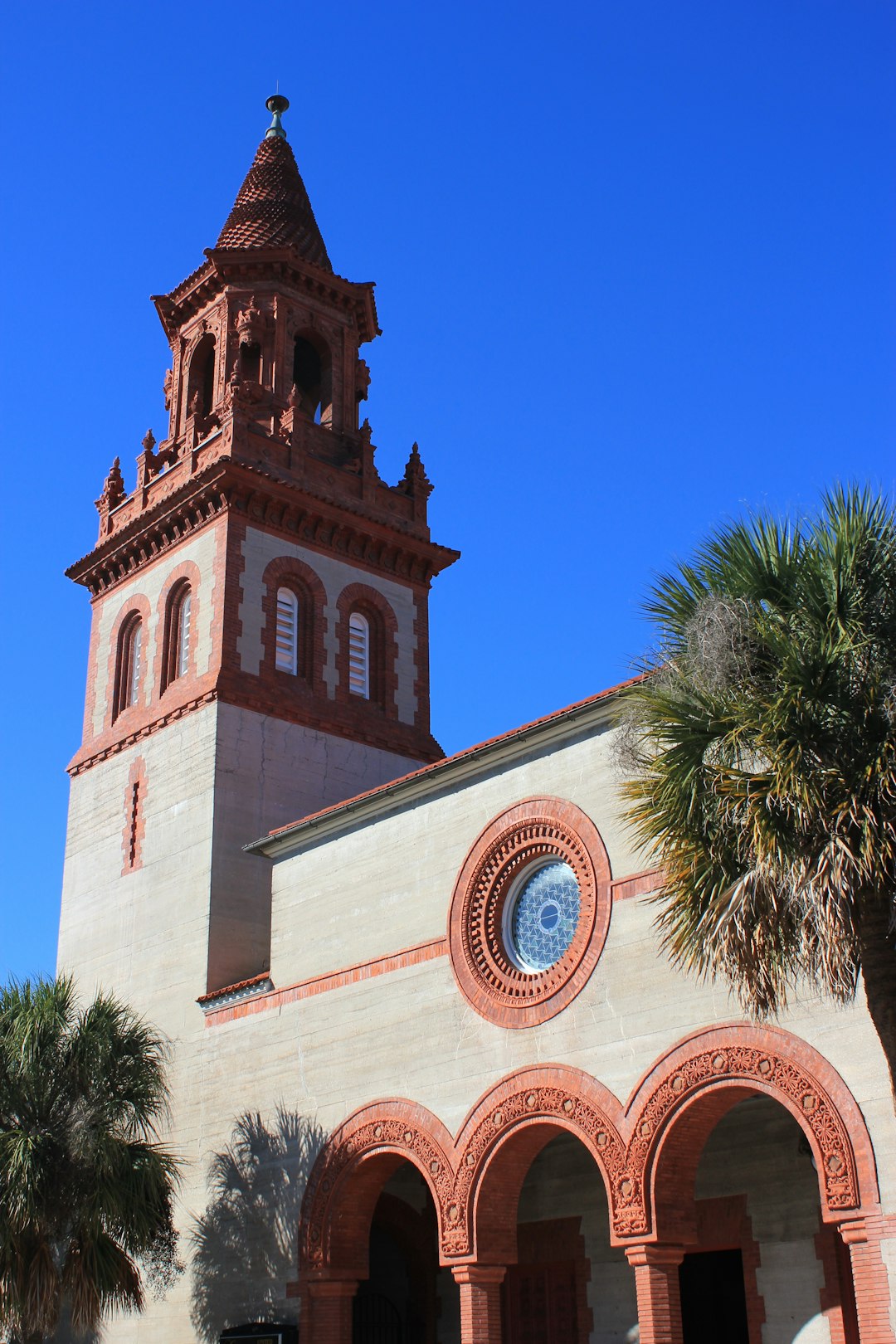
Forget everything you thought you knew about American history – St. Augustine predates Jamestown by 42 years. Founded in 1565 by the Spanish conquistador Pedro Menéndez de Avilés, St. Augustine is the oldest continuously occupied settlement of European origin in the contiguous United States. The cobblestone streets and Spanish colonial architecture haven’t just survived centuries of weather and war – they’ve thrived. In 1965, St. Augustine celebrated the 400th anniversary of its founding, and jointly with the State of Florida, inaugurated a program to restore part of the city. The Historic St. Augustine Preservation Board was formed to reconstruct more than thirty-six buildings to their historical appearance, which was completed within a few years. Set among this grid are 30 some buildings of colonial origin, and more that are reconstructions. The portion of the district located to the southwest of the Castillo de San Marcos contains the highest concentration of these buildings. Walking through the narrow lanes, you’ll pass the same spots where Spanish conquistadors once tread, making this truly America’s most authentic time capsule.
Williamsburg, Virginia – Colonial America’s Crown Jewel
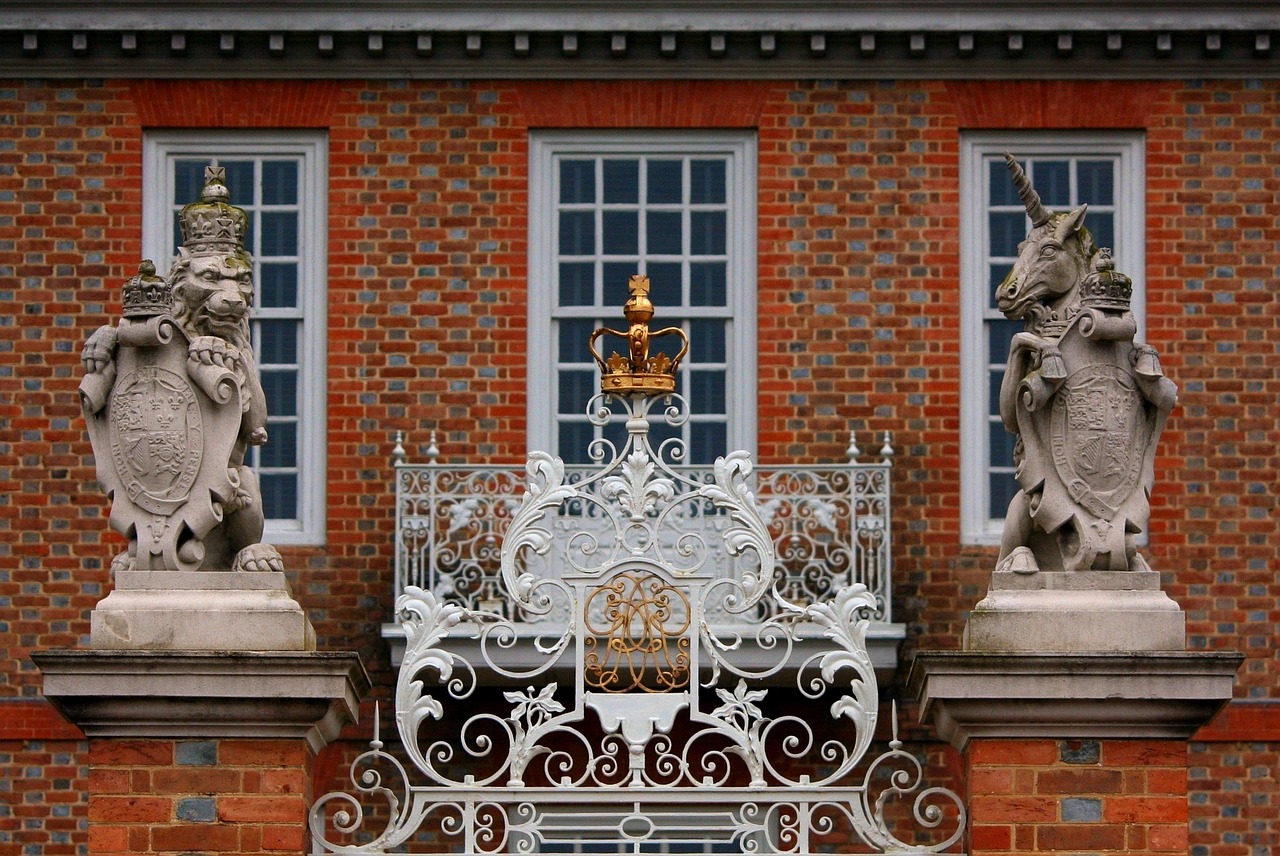
Founded in 1699 as the capital of the Virginia Colony, Williamsburg was one of the first planned cities in the United States. Much of this history is preserved in the Colonial Williamsburg Living Museum, a 301-acre historic site featuring live actors and hundreds of restored and recreated 18th-century buildings. This isn’t just a museum – it’s a living, breathing colonial town where costumed interpreters practice 18th-century crafts and reenact daily life from America’s revolutionary period. The attention to detail is staggering; even the gardens are planted with heirloom varieties that would have grown in colonial times. Bikers, walkers, and joggers can explore the Powhatan Creek Trail, which winds through various historic sites, including the Mainland Farm, the Church on Main, and the Tomb of the Unknown Patriot Solider of the American Revolution. There are plenty of historic inns and bed and breakfasts in Williamsburg as well, Cedars of Williamsburg being one option, which has been operating since 1932. It’s like living inside a history textbook, except with better food and comfortable beds.
Sturbridge, Massachusetts – New England Village Life Perfected
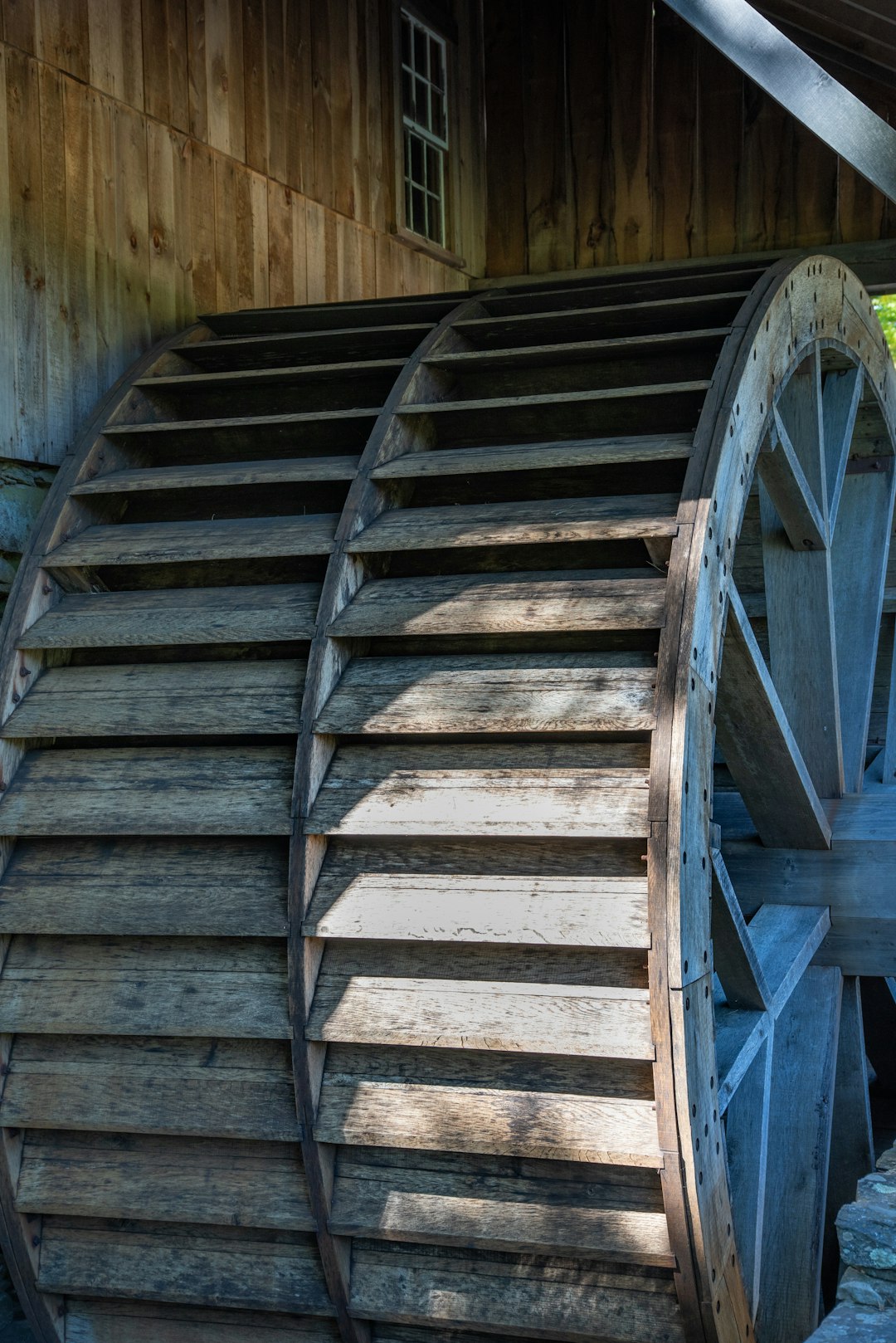
Sturbridge, Massachusetts has become well known over the years for its Old Sturbridge Village, a living museum that spans over 200 acres. Across the museum, visitors can explore 40 historical buildings, interact with costumed historians, and learn about 19th-century New England village life. This isn’t your typical tourist trap – Old Sturbridge Village is a meticulously researched recreation of a 1830s rural New England community. The craftspeople here aren’t just putting on a show; they’re keeping traditional American skills alive through blacksmithing, pottery-making, and farming techniques that would have been common two centuries ago. The village includes everything from a working farm to a one-room schoolhouse, and the seasonal demonstrations make each visit feel like discovering something new. You can watch wool being spun into yarn, observe a tinsmith crafting kitchen utensils, or see how a 19th-century family would have preserved food for winter – skills that seem almost magical in our modern world.
Natchitoches, Louisiana – French Colonial Charm in the Deep South
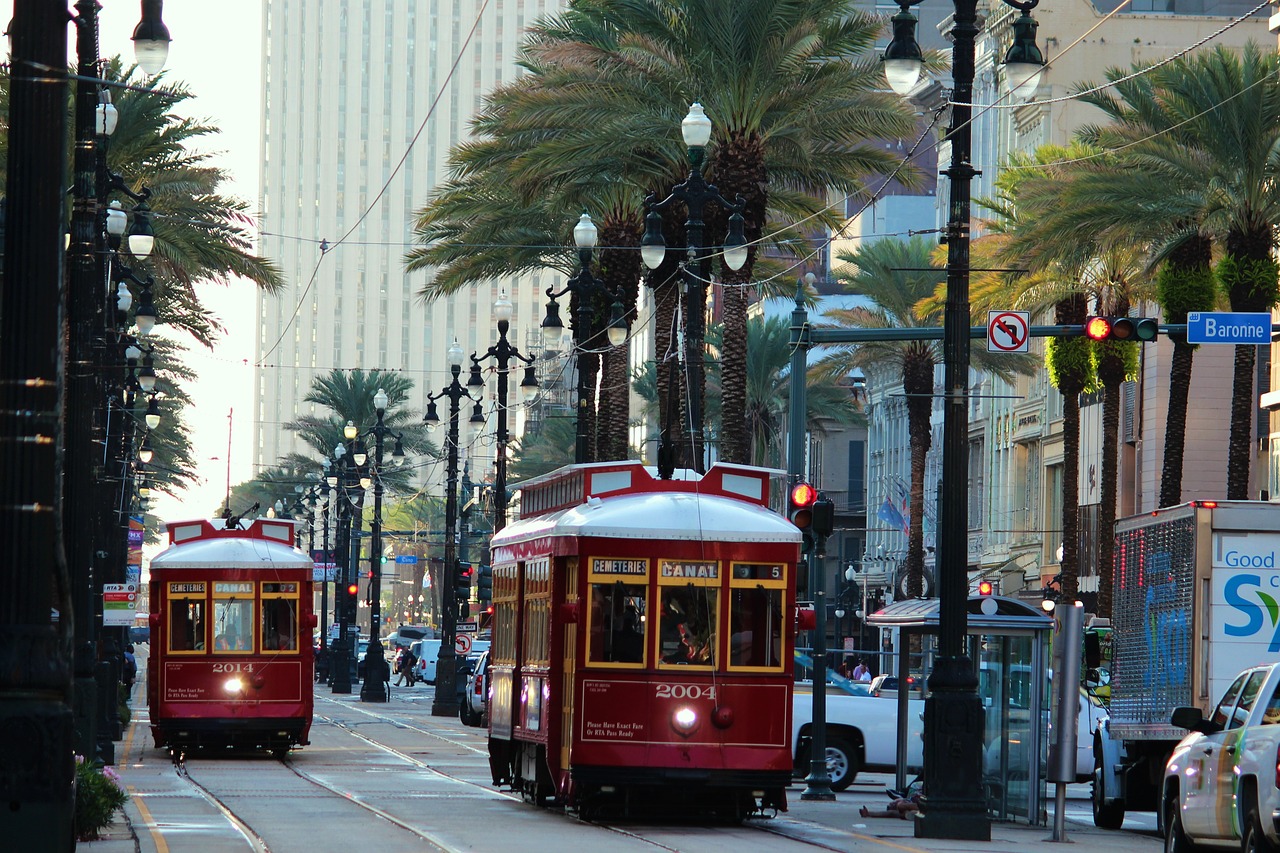
Founded in 1714, Natchitoches is the oldest settlement in Lousiana, with a 33-block historic district featuring French-quarter-style streets, as well as Queen Anne and Victorian architecture. This town predates New Orleans by four years, yet somehow managed to fly under the radar of most tourists. The Front Street district along the Cane River feels like a smaller, more intimate version of the French Quarter, complete with Creole cottages and wrought-iron balconies. Natchez was settled by the French in 1716, exactly 60 years before the signing of the Declaration of Independence. It is the oldest settlement on the Mississippi River and hosts the largest collection of Antebellum Homes in America. The town’s Christmas Festival of Lights transforms the historic district into a wonderland of twinkling lights reflected in the dark waters of the Cane River. Walking these ancient streets at night, with Spanish moss hanging from centuries-old oak trees, you’ll understand why this place inspired so many southern Gothic novels.
York, Pennsylvania – Where America Was Born
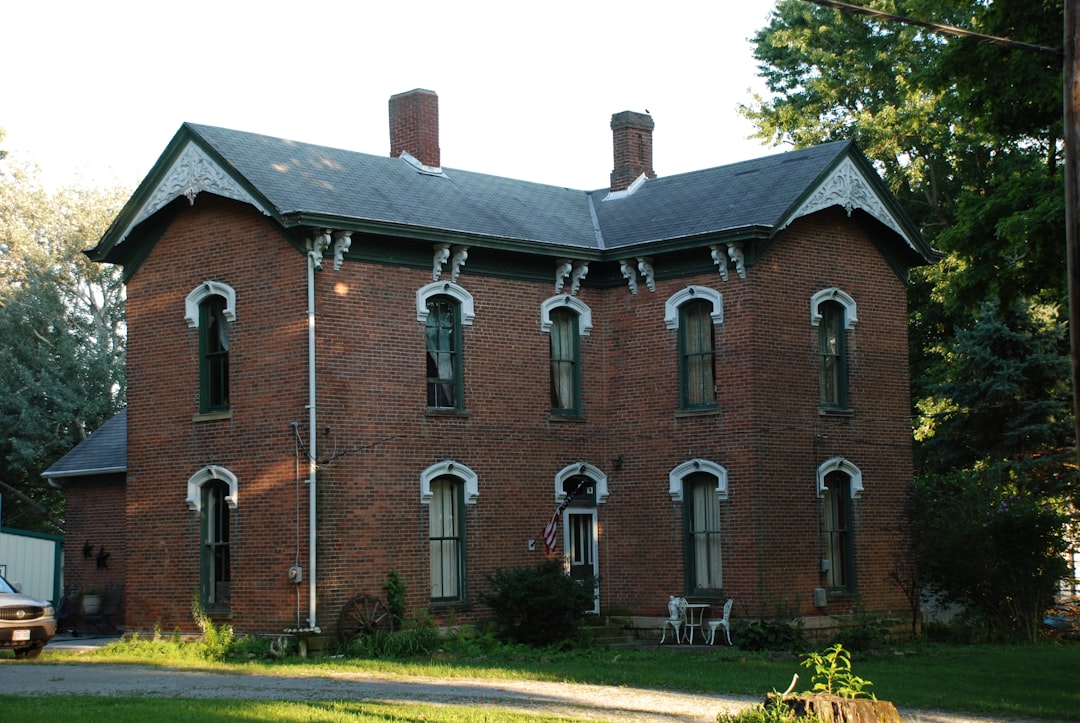
York, Pennsylvania, recognized as the birthplace of the Articles of Confederation, holds a significant place in American history. Visitors can start their journey at the York County History Center, where archives and exhibits highlight the town’s history over the past few centuries. For a deeper dive into 18th-century life, the Colonial Complex, featuring four restored buildings in downtown York, allows visitors to see these preserved buildings up close. This is where the Continental Congress met when they fled Philadelphia during the Revolutionary War, making York the temporary capital of the United States. The town’s brick buildings and cobblestone streets have witnessed some of the most pivotal moments in American history. Regarding the town’s Civil War history, travelers can spend an afternoon at the Goodridge Freedom Center and Underground Railroad Museum, once home to a conductor of the Underground Railroad. What makes York special isn’t just its preserved architecture – it’s the layers of American history stacked one on top of another, from colonial times through the Civil War and beyond.
Leadville, Colorado – Mile-High Mining Town Memories
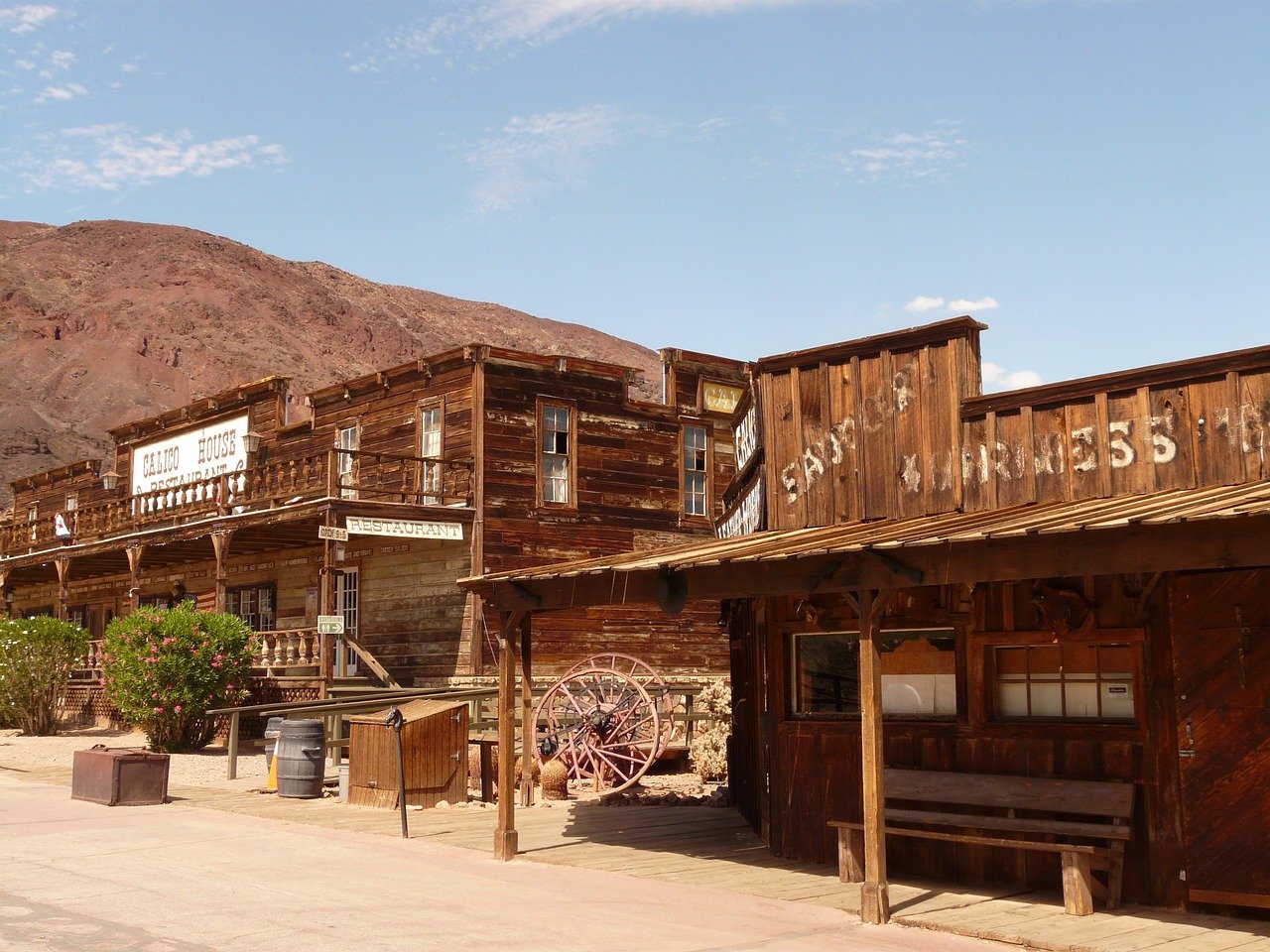
Leadville, Colorado, once a busy Victorian-era mining town known for its silver and gold mines, dance halls, and saloons, now preserves its rich history through a collection of museums—the highest number of museums per capita in Colorado. Visitors can explore the National Mining Hall of Fame or the Matches Mine and Baby Doe’s Cabin to relive the town’s mining past. At 10,152 feet above sea level, Leadville is the highest incorporated city in North America, and you can feel the thin air as you walk through streets that once hosted some of the richest silver barons in American history. The Victorian architecture here is stunning – ornate mansions built with mining fortunes still line the streets, their gingerbread trim and bay windows a testament to the wealth that once flowed through this mountain town. For a unique experience, try the seasonal Candlelight Tours at the Broken Boot Gold Mine, which includes a gold panning lesson and a journey through the mine’s historic underground tunnels. For a unique experience, try the seasonal Candlelight Tours at the Broken Boot Gold Mine, which includes a gold panning lesson and a journey through the mine’s historic underground tunnels. The town’s isolation in the Colorado Rockies helped preserve it from modern development, creating a perfect snapshot of America’s mining boom era.
Franklin, Tennessee – Civil War Echoes in Every Street
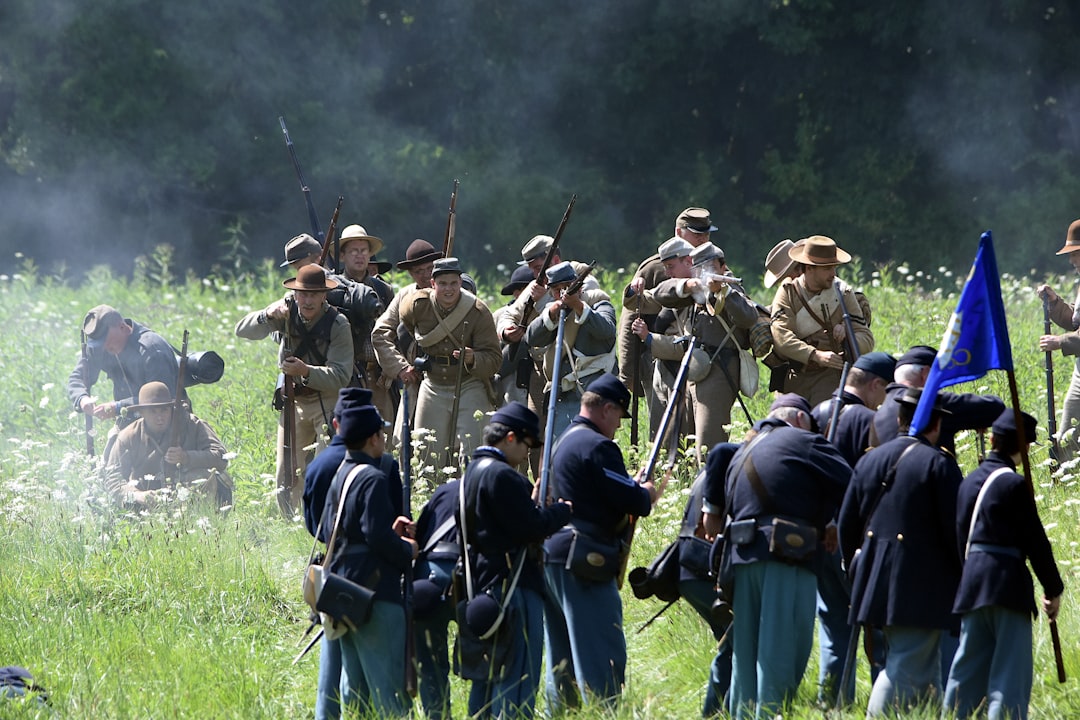
Located about half an hour from Nashville, many consider the town of Franklin to be one of the nicest places in Tennessee. It’s also one of the most historical. Founded in 1799. Franklin’s historic Main Street and town square are comprised of period buildings, some of which date back to the early 1800s. On the rare occasion when a new building like the gorgeous The Harpeth Hotel is built, the city requires they are constructed in a period style to preserve Franklin’s historic charm. This isn’t just a pretty town – it’s a place where history literally runs through the streets like blood. The Battle of Franklin in 1864 was one of the bloodiest battles of the Civil War, and you can still feel the weight of that tragedy in the antebellum homes that served as hospitals and the town square where wounded soldiers were treated. The area is home to Civil War battlefields and plantations. The McLemore House Museum and African American Heritage Tour highlight the important contributions and experiences of Black Americans to Franklin’s rich culture and history. Franklin has managed to preserve its historical integrity while growing into a thriving modern community, proving that progress and preservation can coexist beautifully.
Bramwell, West Virginia – The Millionaire’s Ghost Town
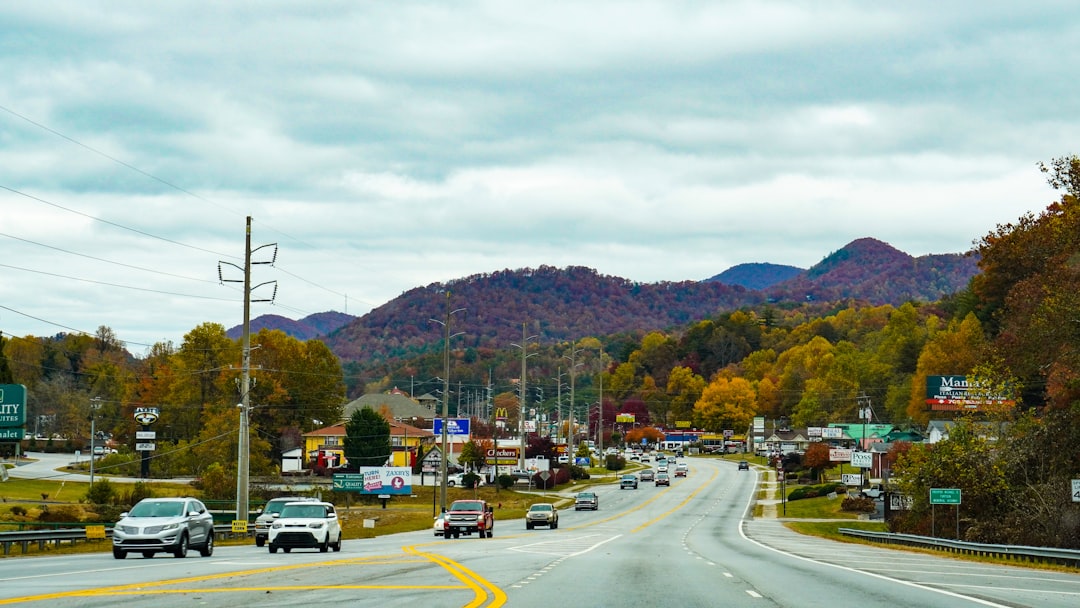
At the turn of the 20th century, Bramwell, West Virginia was nicknamed the Town of Millionaires and the streets were bustling with the families of wealthy coal barons. Today those same streets are almost empty, a casualty of the vanishing coal industry. Less than 350 people live in Bramwell, walking its perfectly preserved Main Street, strolling along the Bluestone River, and occupying its gorgeous Victorian and Tudor mansions. This tiny town once had more millionaires per square mile than any other place in America. The elaborate mansions these coal barons built still stand like monuments to a vanished prosperity, their turrets and wrap-around porches frozen in time. On the corner, Bramwell Soda Counter and Shop still serves up burgers, candy, and milkshakes to hungry guests. At the other end of the brick-paved street, the historic train depot has been converted into a museum and visitors center. Bramwell is truly a trip through time. There’s something deeply moving about walking through a place where such wealth and ambition once thrived, now reduced to a whisper of its former self but still maintaining its dignity through carefully preserved architecture.
What makes these towns truly special isn’t just their preserved buildings or historical significance – it’s how they’ve managed to keep their souls intact while the rest of America raced toward the future. Did you know that some of these places have been fighting to stay frozen in time for over a century?


